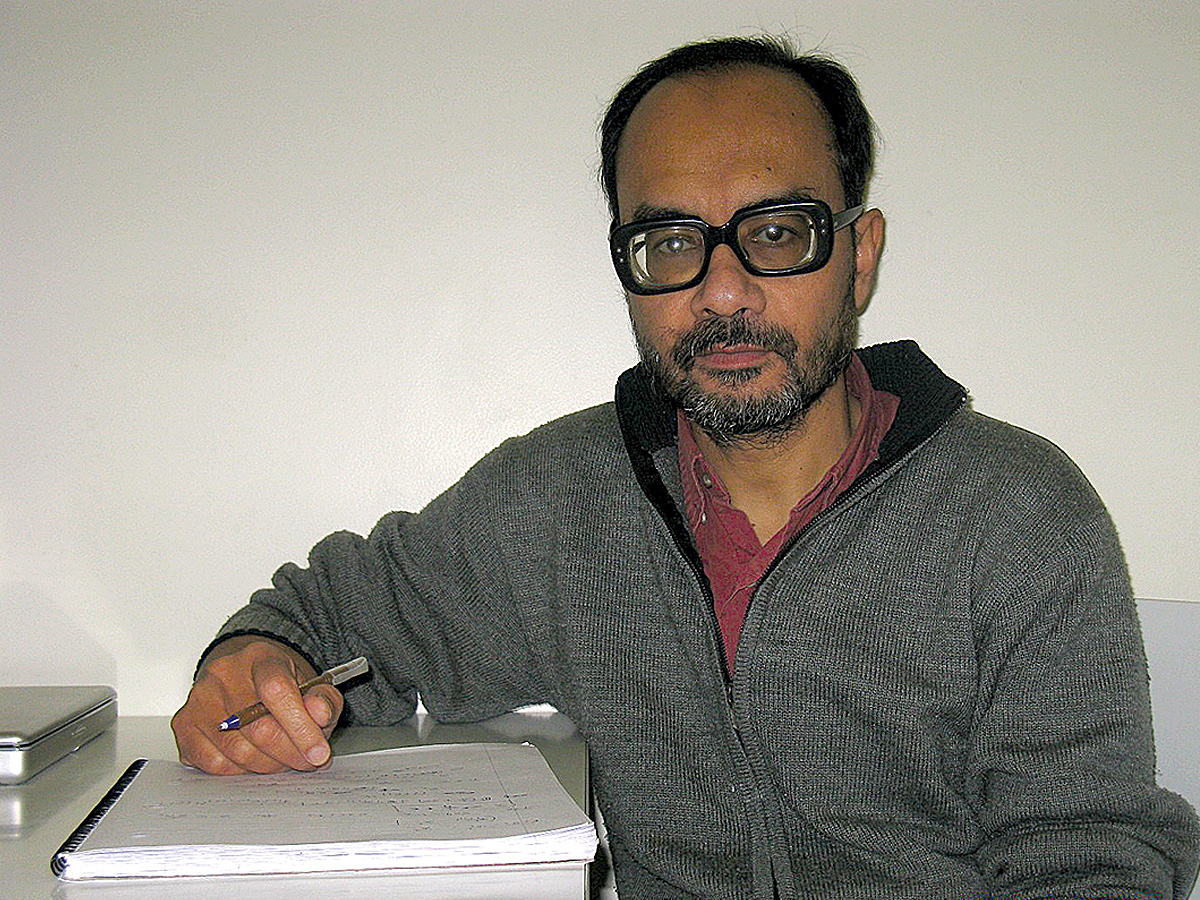The Infosys Prize in Mathematical Sciences goes to Professor Ashoke Sen in recognition of his fundamental contributions to Mathematical Physics, in particular, to String Theory.
Infographic:
Unifying gravity and quantum mechanics
Scope and Impact of Work
Mathematics is the language of Physics, and String Theory is an essential component of Mathematical Physics. While Einstein’s Theory of General Relativity deals with interactions between space, time and matter at the scale of the cosmos, and quantum mechanics deals with physics at the smallest elementary particle level, String Theory aims at finding a common framework that encompasses both extremes in one unified theory.
Sen has made path-breaking contributions to String Theory. His initial work on duality established a surprising connection between weak and strong coupling regimes of a String Theory, enabling him to infer nonperturbative behavior at the strong coupling regime from the perturbative behavior at the weak coupling end. This type of duality has now been extended by Sen and others to many different contexts, establishing surprising links between several different types of String Theories.
Another major contribution of Sen is the introduction of the entropy function formalism that helps to provide a statistical interpretation of Bekenstein-Hawking entropy of black holes in terms of the degeneracy count of microscopic states in String Theory.
He was able to resolve successfully, for the first time, the problem of the degeneracy count being computable only at the weak coupling end while black holes appear only when the gravitational coupling is strong. Since then, his work has been extended by others to many more examples.
He has made several other important contributions to String Theory, including the construction and study of time dependent solutions that has led to cosmological models.
Bio
Professor Ashoke Sen spent his formative years of schooling at Shailendra Sircar Vidyalaya, Kolkata. He completed his Bachelor of Science at Presidency College, Kolkata in 1975. He pursued a Postgraduate degree in Physics at the Indian Institute of Technology, Kanpur, and received his Ph.D. from the State University of New York, Stonybrook, USA in 1982.
He has been a Fellow of the Indian Academy of Sciences since 1991, Fellow of the Indian National Academy of Sciences since 1995 and Fellow of National Academy of Sciences, India, since 1997.
In 1998, at the age of 42, he was elected Fellow of the Royal Society London and in 2004, Fellow of Third World Academy of Sciences. He is a winner of the International Centre for Theoretical Physics (ICTP) prize in honor of H Yukawa in 1989, the Third World Academy of Science Prize in 1997 and the Pius Gold Medal in 2006.
He is currently a Professor at the Harish-Chandra Research Institute, Allahabad. His area of research is String Theory. His major contributions have been to S-duality, tachyon condensation and black hole entropy.
Timeline
Jury Citation
Professor Ashoke Sen is being recognized for his important contributions to String Theory, which is a vital part of Mathematical Physics today.
Among his contributions is his work on S-duality that established links between weak and strong coupling regimes of certain String Theories. This has made it possible to make inferences concerning the behavior of the system in the strong coupling regime by a perturbative analysis of the system in the weak coupling regime.
This was later extended by Sen as well as others to establish links between different types of String Theories and establish equivalences among them.
He introduced the Entropy Function Formalism that made it possible to link Beckenstein-Hawking entropy of black holes to the degeneracy count of states in the corresponding String Theory. This helped overcome the problem of black holes appearing when the gravitational coupling is strong, while the degeneracy count can be made only in the weak coupling limit.

